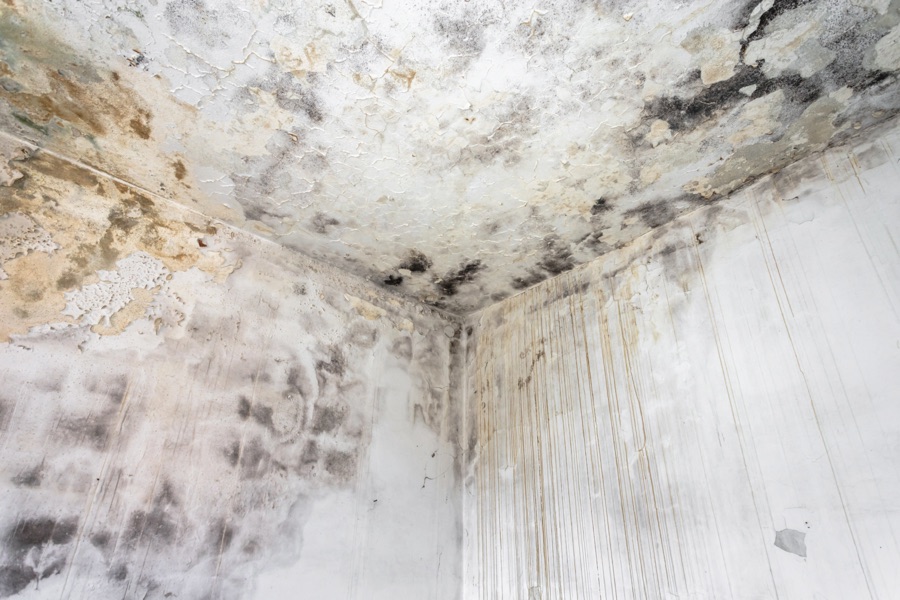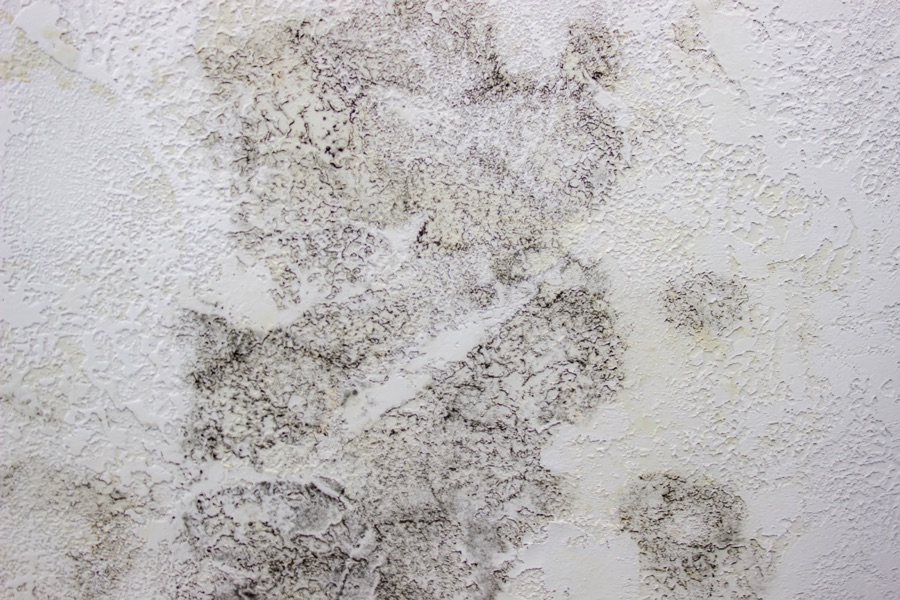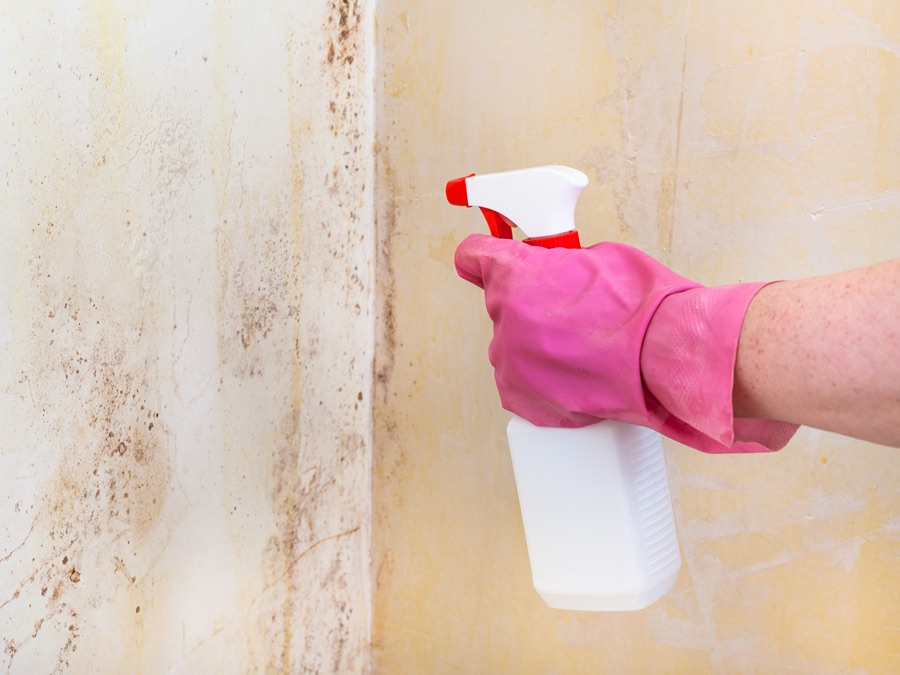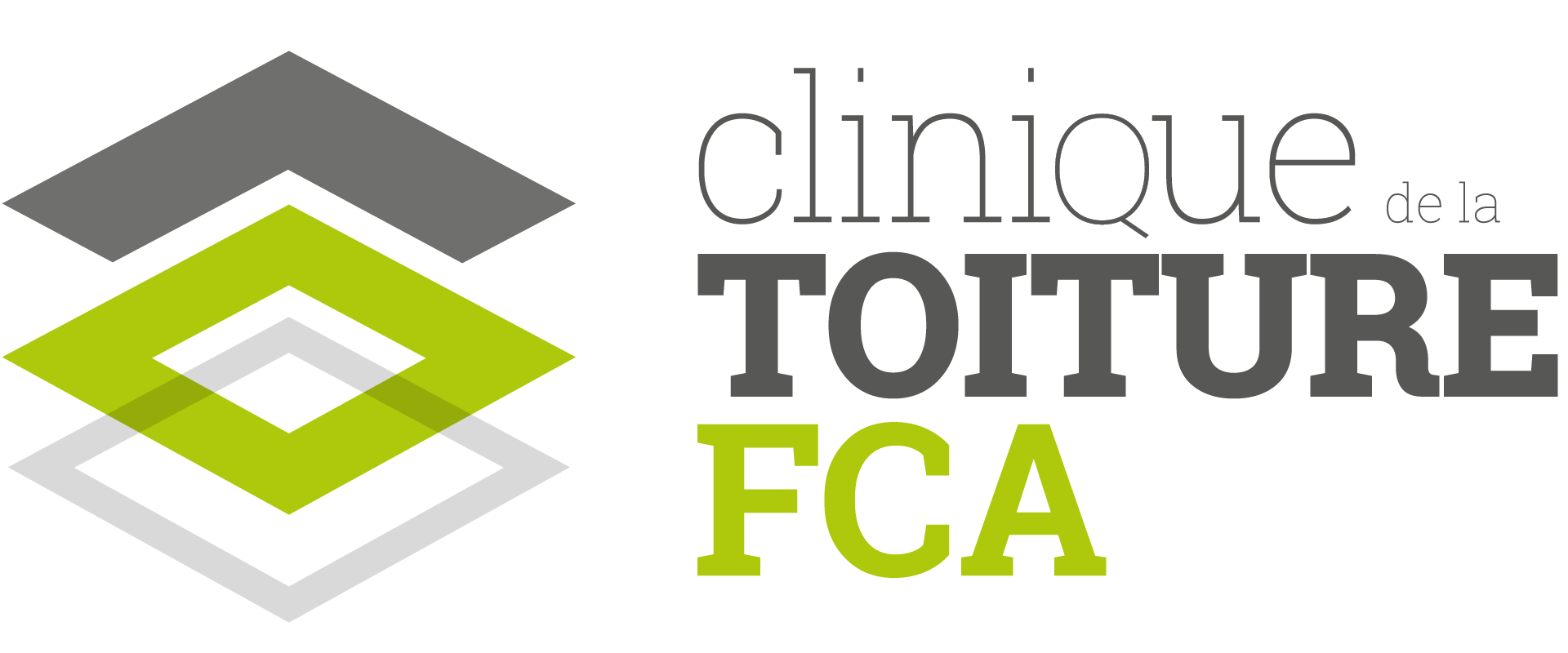
Home > Blog posts > All you need no know about attic mold removal
All you need no know about attic mold removal
Your attic is probably the place in your house that you visit the least. Even if you don’t go there often, it can still sustain damages, like mold growth, which can be quite damaging to both your structure and your health.
How can you detect mold and how do you remove it? We tell you all about the dangers of mold and how to get back to a healthy home, including the average prices.
Contact us now for a roof inspection
The dangers of having mold in your attic: understanding the risks for your health
In an environment where mold is present, invisible particles named “spores” disperse in the air you breathe. If there is mold in your attic, these spores could spread to your entire home, going through the ventilation system and polluting the air you breathe.
Mold carries risks for your health, including respiratory and dermatological issues, with symptoms that vary greatly from one person to the next:
- Cough and mucus accumulation
- Nose and throat irritation
- Respiratory problems (sinus and lung infections, developing or worsening of asthma)
- Fungal infections and eczema
Moreover, you could suffer from problems such as memory loss, lethargy or mood disorders. The impacts of mold on a human body can be significant, which is why this problem should not be taken lightly!
Take note that people who suffer from allergies or respiratory diseases like asthma or who have a weakened immune system are more at risk, just like the elderly, babies and young children.
Furthermore, the risks to your health are directly linked to the severity of the mold problem and exposure. This means that it is of the utmost importance to deal with the problem the minute it arises, so that you can avoid more severe consequences.
On top of the risks to your health, don’t forget that mold can be very costly: it can damage the materials in your home, affecting your roof structure as well.

Lorem ipsum dolor sit amet, consectetur adipiscing elit. Ut elit tellus, luctus nec ullamcorper mattis, pulvinar dapibus leo.
How to recognize the signs of mold in your attic
Do you think there might be mold in your attic? Would you like to complete a periodical verification? We will tell you how to detect the presence of mold.
First and foremost, you must protect yourself adequately before going in the attic. In fact, since particles can make you sick, you should wear a mask. If possible, you should also wear protection goggles, making the whole process even safer. Finally, you should have a flashlight, since your attic is filled with nooks and dark corners.
To detect the presence of mold, you can first rely on your nostrils: the smell of mold or a musty smell are easily recognizable and should be the first thing to alert you. A humid environment is also another good indicator: moreover, if your home is generally very humid, consider this as a trigger for greater mold problems.
Then, you will want to look for stains. They will generally be grey, green or black, but can also be pink, orange, yellow or white. A deterioration of the building materials can be a sign that they are affected by a fungus. You will want to pay close attention to:
- Plywood surfaces
- Beams and trusses
- Insolation materials
Signs of water infiltration or a significant amount of particles in the air are other signs you will want to pay attention to.
Take note that there are two main types of mold: black mold and white mold. The first will have a tendency to penetrate into surfaces more deeply and present with irregular stains. This dark fungus is the one that will affect your building materials the most, but also your health.
As for white mold, it remains mostly on the surface, and you will find it mainly on wet surfaces. Its texture is easy to recognize: it looks like powder or duvet.

Crucial steps for efficient mold removal in your attic
Proper maintenance to protect yourself from mold is not so simple. It is not just a question of cleaning the areas where there is fungus, as these are sure to return. You must remove the mold while also protecting other surfaces. But more importantly, you must also find the source of the problem and rectify it.
In any case, you must act quickly to protect your health and your family’s health.
Firstly, you will want to prepare the space by protecting the zones that are free from mold. This will prevent spores from spreading, which are the fungus’ reproductive cells. Proper ventilation is crucial for this reason as well.
When removing mold, a deep clean is necessary, and so is removing the damaged materials, or sections. It is important to use specialized tools and products.
Once mold has been removed, final touches can be done. This means that you should address what is causing the humidity in the first place, which could be:
- Ventilation problems in the attic
- Humidity accumulation in the bathroom or the kitchen, which in turn reaches the attic
- A damaged roof structure (water infiltration)
- Insulation problems in your attic

The importance on calling on professionals for help, for mold removal in your attic
Removing mold really does require a team of professionals and their expertise. Firstly, moving around in your attic is not an easy task and you could get hurt.
It is also important to know the right tools and products and understand how to use them properly if you want to remove mold efficiently and prevent other damages. Experts can create a safe working space and use an efficient ventilation system.
Moreover, a professional can help you detect all of the affected surfaces that you could possibly overlook. They will know what to do to correct the situation and will give you expert recommendations.
There might be things to address once mold is removed, depending on the severity of the problem or the causes of humidity. The contractor will know how to advise you on what repairs should be completed, if any.
Average costs for mold removal in an attic
Like anything else, the price for mold removal will vary according to the severity of the problem and the surface that needs to be treated. The process is generally done in two phases: diagnosis and removal.
For a diagnosis, you can plan anywhere between $ 240 and $ 720; this varies according to the surface that needs to be treated and the contractor you hire.
As for the actual removal, costs can vary between $ 2,000 and $ 6,000. Costs higher than these usually apply when other repairs are needed.
Do you have problems with water infiltration in your roof or have poor ventilation? Are you looking for the source of your humidity problem? We can inspect your roof and attic for you and proceed to adjustments and repairs, if needed. Contact us at Clinique de la Toiture.
Don't wait any longer: ask us for a quote!
Get an estimate in just 2 quick steps!
*Please allow a minimum of 24 hours for your request to be processed. Thank you for your understanding!
Need help?
Leave us your email address and we will contact you as soon as possible to assess your needs!
Put an end to your water infiltration your clogged drains your roof problems
Leave us your email address and we will contact you as soon as possible to assess your needs!
